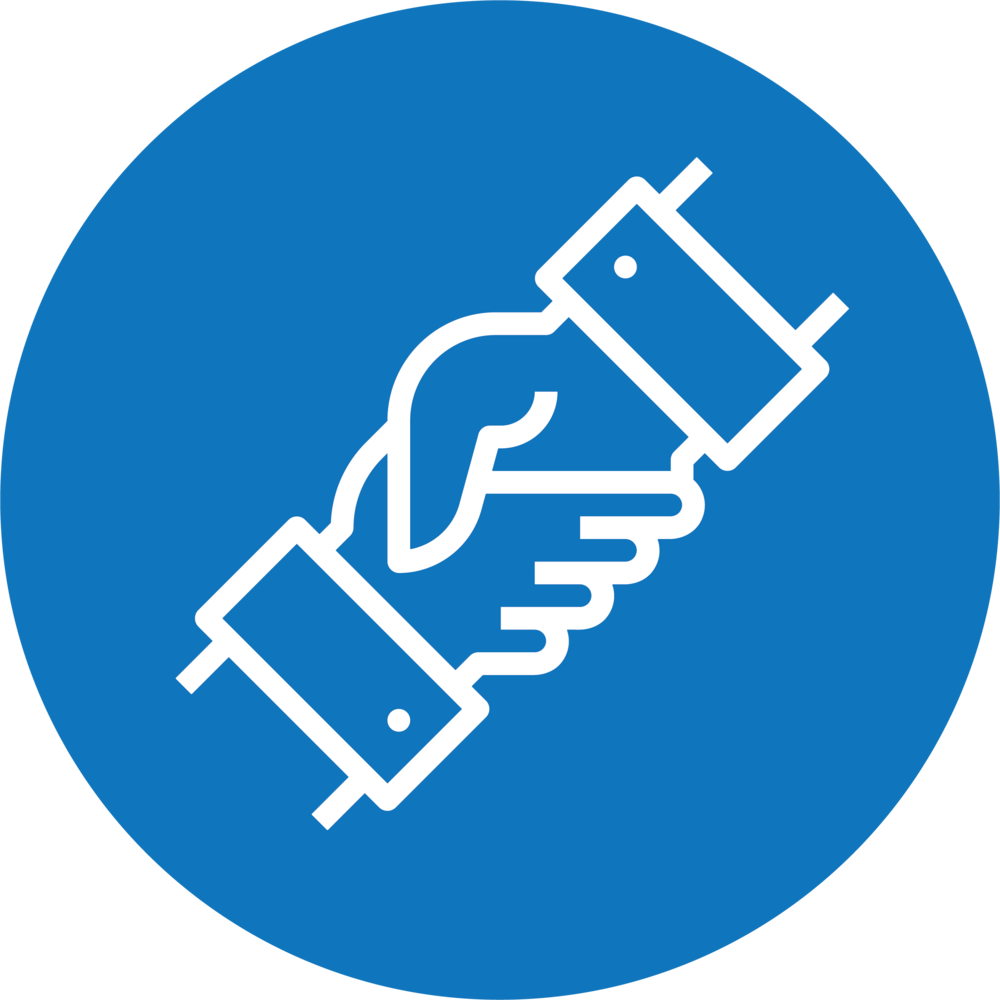Skyward Integration: Drones Shaping Urban Air Mobility's Future
Explore how drones are becoming a pivotal part of Urban Air Mobility (UAM), transforming cityscapes with efficient, eco-friendly transportation solutions.

The integration of drones into urban air mobility (UAM) marks a pivotal shift in how we perceive transportation and logistics within cityscapes.
This advancement isn't just about adding more toys to the sky; it's a transformative move towards making our cities more efficient, less congested, and ultimately, more livable.
Just like how online platforms such as Surebet247 revolutionized the gambling industry, drone technology is set to revolutionize urban mobility.
The Rise of Urban Air Mobility
Urban Air Mobility is rapidly evolving from a futuristic concept into a tangible solution for many of today's transportation challenges. UAM encompasses the use of drones and other air vehicles to transport people and goods across urban areas, offering a high degree of automation and connectivity.
The Current State of UAM
Today, drones are primarily used for photography, surveillance, and recreational purposes. However, the scope of their utility is expanding at an unprecedented rate. Companies and governments worldwide are recognizing the potential of drones in reducing road traffic, improving emergency response times, and even delivering goods directly to consumers' doorsteps.
Benefits of Drone Integration
- Reduced Traffic Congestion: By taking certain deliveries and commutes off the roads, drones can significantly decrease urban traffic congestion.
- Faster Emergency Responses: Drones can quickly reach areas that are hard to access by traditional means, improving the efficiency of emergency medical services and disaster relief efforts.
- Environmental Sustainability: Electrically powered drones contribute to reducing the carbon footprint of urban transport systems.
Challenges and Solutions
Despite the optimistic outlook, integrating drones into urban environments is not without its challenges. Concerns about safety, privacy, and noise pollution are at the forefront of public discourse. However, with smart regulations and technological advancements, these challenges can be addressed effectively.
Safety and Regulation
Ensuring the safe operation of drones in crowded urban spaces is paramount. This includes developing reliable collision avoidance systems and establishing clear air traffic management protocols. Regulatory bodies worldwide are working on frameworks to enable safe UAM operations without stifling innovation.
Privacy and Noise Concerns
Privacy concerns arise with drones potentially recording in private spaces. Meanwhile, the noise generated by drones can contribute to urban noise pollution. Solutions include designing quieter drone models and implementing flight paths that minimize privacy intrusions and noise impact.
The Future is Now
The future of urban air mobility is not a distant dream; it's unfolding before our eyes. Test programs and pilot projects across the globe are showcasing the practical applications of drone technology in urban settings. From delivering medical supplies during the pandemic to supporting law enforcement, drones are proving their worth as integral components of modern cities.
Real-world examples:
- In Rwanda, drones are used to deliver blood and vaccines to remote areas, showcasing the potential for UAM in healthcare logistics.
- Cities like Dubai are testing passenger drones, hinting at a future where taxi drones are a common sight.
Technological Innovations Driving UAM
With the rapid pace of technological advancements, the dream of urban air mobility is becoming more achievable than ever. Cutting-edge innovations in drone technology, battery efficiency, and artificial intelligence are at the forefront of this evolution. Electric Vertical Takeoff and Landing (eVTOL) vehicles, which can operate in tight urban spaces, are a testament to these advancements.
Companies like Joby Aviation and Volocopter are leading the charge, developing eVTOLs that promise to be the taxis of the future. Moreover, advancements in battery technology are extending the range and payload capacities of drones, making them more practical for a wide range of applications. AI and machine learning algorithms are being employed to enhance navigation systems, ensuring drones can autonomously and safely navigate complex urban environments.
The Role of Public Perception and Legislation
Public perception and legislation play crucial roles in the integration of drones into urban environments. As with any transformative technology, gaining public trust is essential for widespread adoption. Transparent communication about safety measures, privacy protections, and the environmental benefits of drones can help in winning over skeptics. On the legislative side, governments are tasked with creating frameworks that balance innovation with safety and privacy concerns.
The European Union Aviation Safety Agency (EASA) and the Federal Aviation Administration (FAA) in the United States are actively working on regulations that would allow drones and eVTOLs to operate safely alongside manned aircraft. These efforts include the development of U-space, a set of new services and procedures designed to manage UAM traffic efficiently and safely, ensuring that the skies of tomorrow are not only busier but also safer for everyone.
Conclusion
The integration of drones into urban air mobility is a game-changer for urban development and logistics. While challenges remain, the potential benefits in terms of efficiency, environmental sustainability, and quality of life are immense.
As technology advances and regulations evolve, the skies of our cities will become busier, but in a way that promises to make urban living more manageable, efficient, and futuristic.






